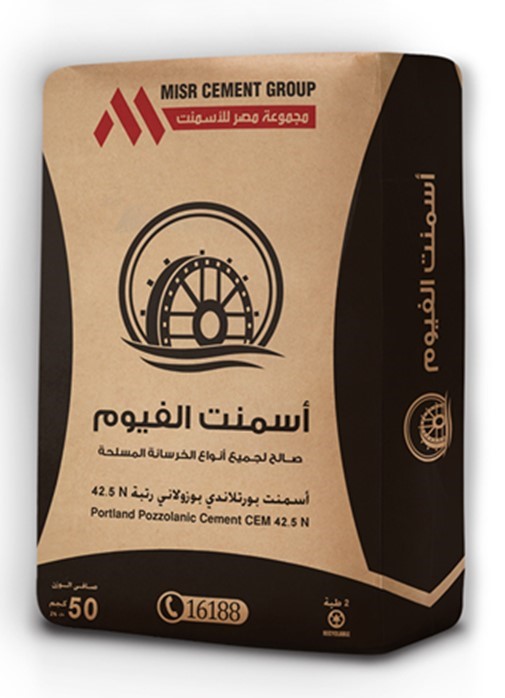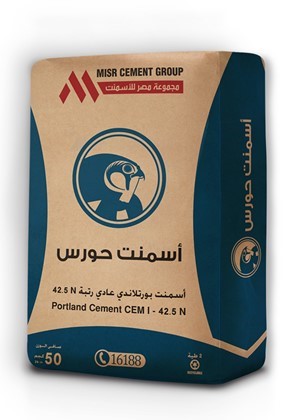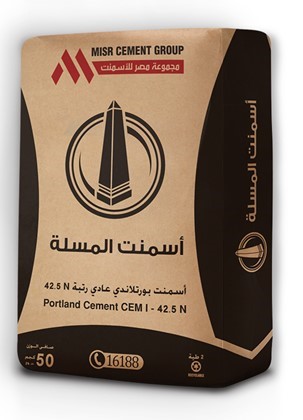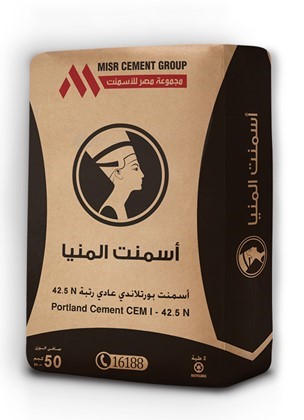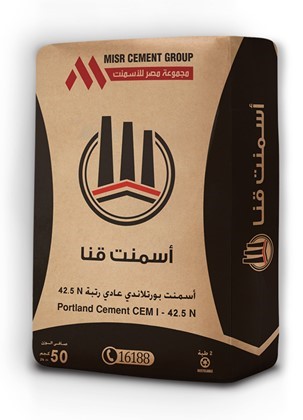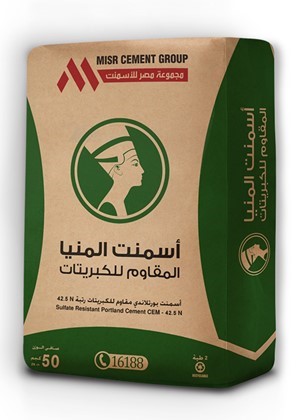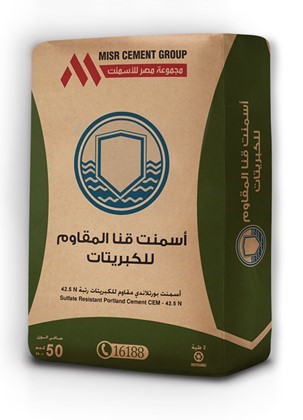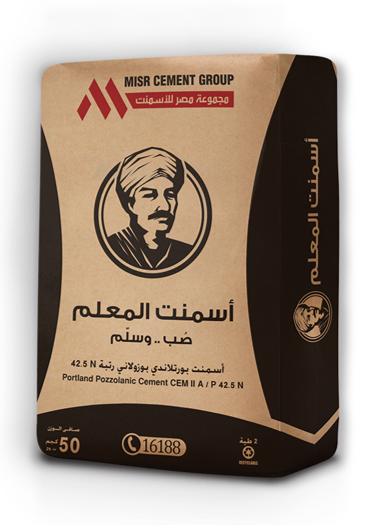
El Meaelem Pozzolanic Cement
El Mealem Pozzolanic Cement (CEM II A/P 42.5N) is suitable for a wide range of construction needs.
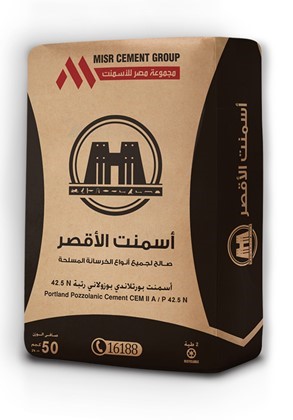
Luxor Pozzolanic Cement
Luxor Pozzolanic Cement (CEM II A/P 42.5N) is suitable for a wide range of construction needs.
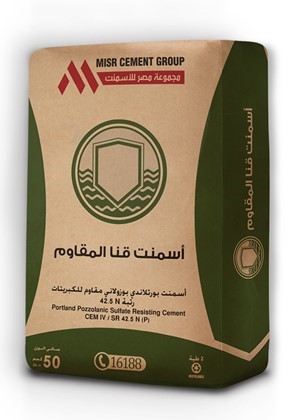
Qena Al Mokawm Pozzolanic Cement
Qena Al Mokawm Pozzolanic Cement ( CEM IV A/SR 42.5N (P)) is suitable for a range of construction needs.
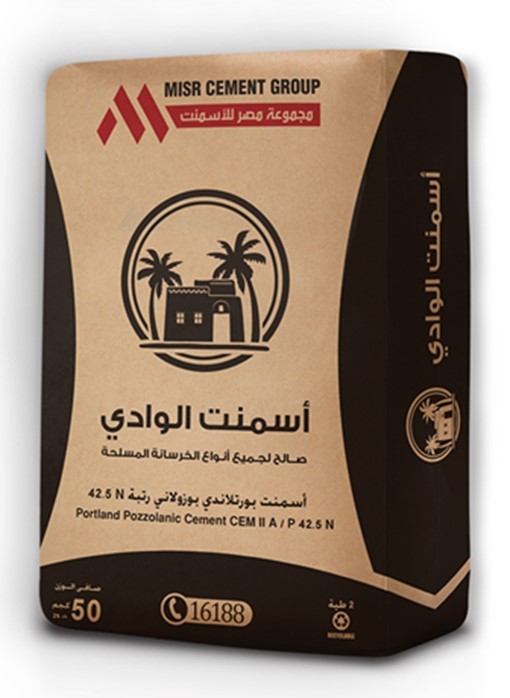
Al Wadi Pozzolanic Cement
